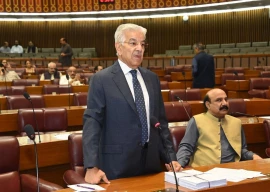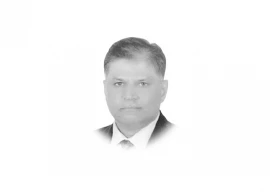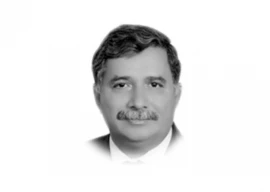
Over 31 per cent of country’s youth is currently unemployed, revealed a report on the employment situation released by the Pakistan Institute of Development Economics (PIDE) on Sunday.
Out of these 31 per cent, 51 per cent are females while 16 per cent are males, with many of them possessing professional degrees. Nearly 60 per cent of Pakistan’s population is less than 30 years old.
The report stated that the current unemployment rate of 6.9 per cent is considered to be comfortable and frequently makes headlines. Far more females and those living in urban areas are unemployed than their male and rural counterparts, it added.
PIDE also revealed that a surprisingly large part of the working-age group is not even part of the labour force. These people are either discouraged workers or have other means of income to support them, the report stated.
It also stated that despite pronouncements and policy initiatives, the female labour force participation rate (LFPR) remains shockingly low.
Despite all the talk about the youth bulge and reaping the demographic dividend, the unemployment rate is the highest for the young new entrants in the labour force, it further stated, adding that it takes about a decade or more for youth to be employed.
Read Country's economy rebounded amid Covid: SBP
The report also revealed that education is considered a panacea and the key to all opportunities, but “reality shows us otherwise”.
PIDE revealed that going by the LFS, graduate unemployment is very high. Over 31 per cent of the youth with degrees, including professional ones, are unemployed with females at 51 per cent and males at 16 per cent, it stated.
Rural graduate unemployment is much higher than urban, begging the question of mobility, it added.
The report further stated that services remain the largest employer with retail and wholesale trade the largest segment in the urban areas, while agriculture, including cultivation and livestock, continues to employ the majority in rural Pakistan.
Surprisingly, construction employs about 8 per cent of the labour force in both urban and rural areas, perhaps reflecting the harsh regulatory and zoning laws in urban areas, PIDE highlighted.
According to the report, public employment provides opportunities for better-paid jobs in Pakistan. The well-known preference for government jobs, therefore, appears justified as the monthly wage in government shows up to be significantly higher than private-sector jobs, it stated.
It pointed out that the urban definition used in the census and surveys does not adequately capture cities or city populations and their boundaries. The LFS seems to point to a need to study and understand labour and product markets more carefully, as PIDE has been pointing out for years, it added.
The report questioned why urban areas were not providing the kind of opportunities they should. It also asked whether Pakistan is offering such opportunities to its people to take up and excel, or whether the country doing what needs to be done for its population to excel in the future.
It noted that youth engagement is imperative, more so when they comprise the largest chunk of the population. The LFS shows one-third of the youth, in both rural and urban areas, to be disconnected from the system as they are neither employed nor enrolled, it added.
It further stated that the disconnect is higher for young females, with 60 per cent neither working nor studying.
(With input from APP)
























COMMENTS
Comments are moderated and generally will be posted if they are on-topic and not abusive.
For more information, please see our Comments FAQ